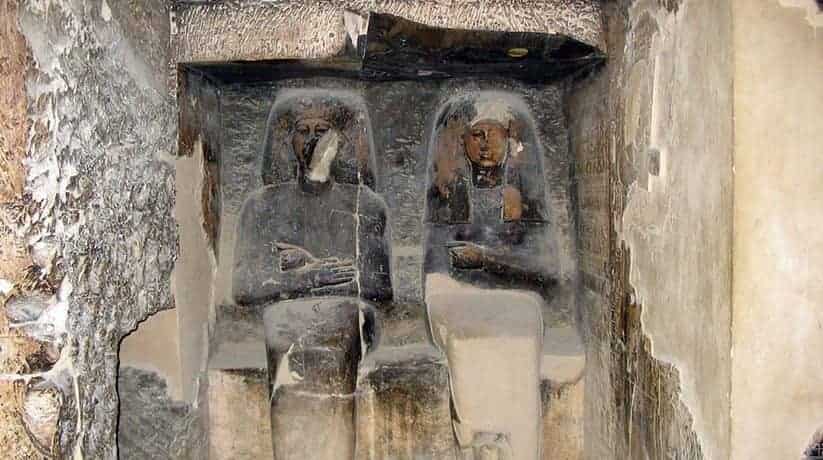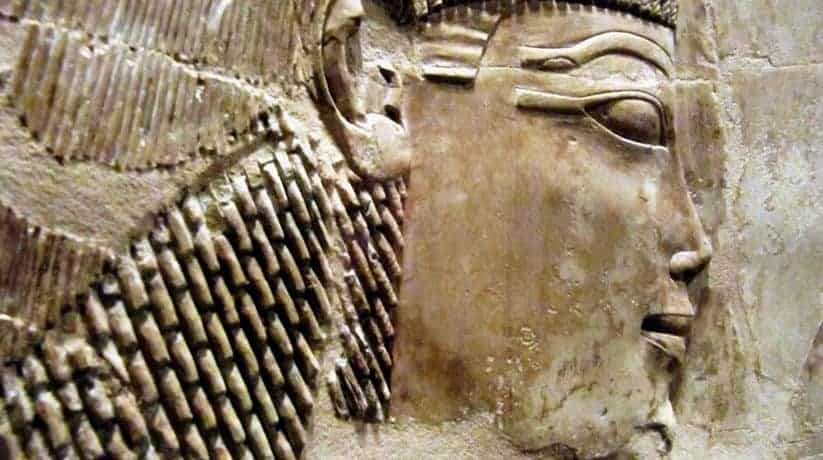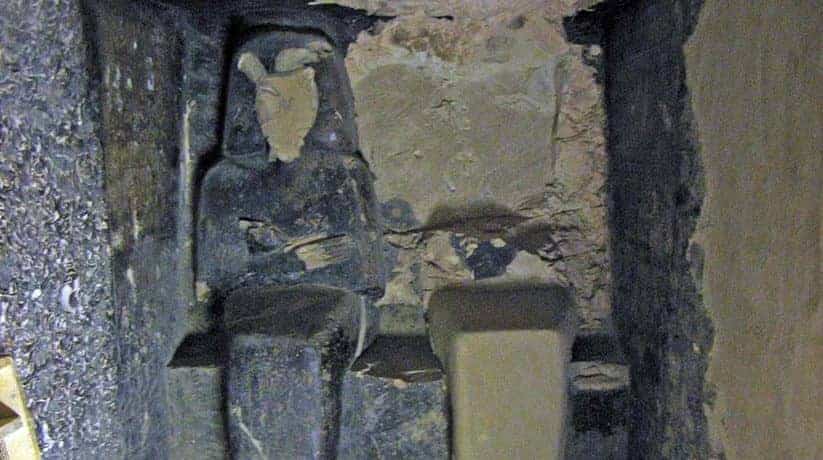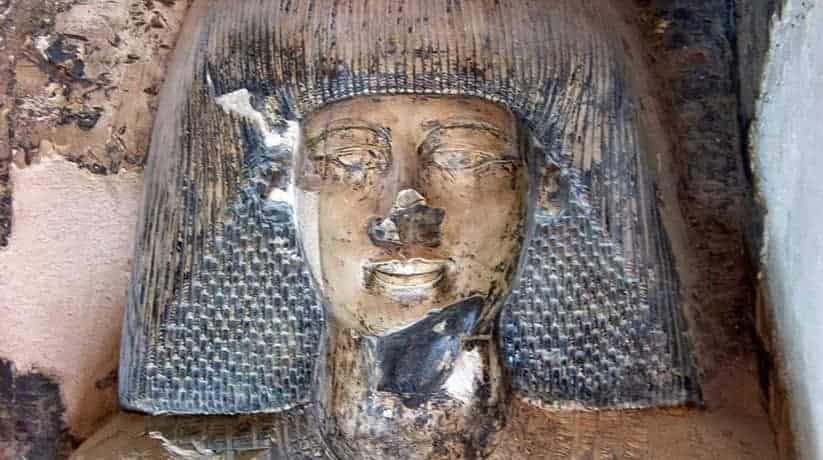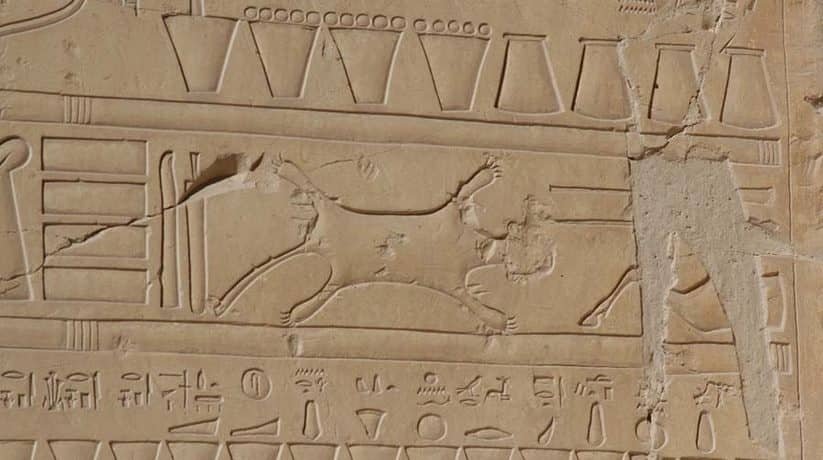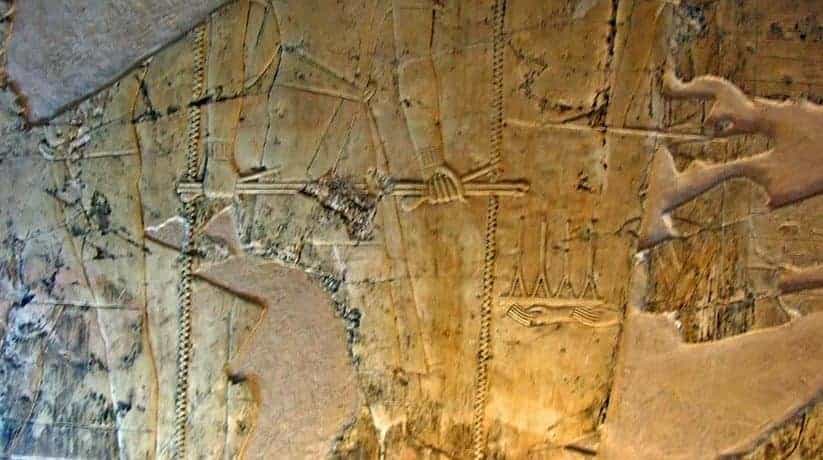Khaemhet tomb Luxor Egypt tours, booking, prices, reviews
Khaemhet tomb Luxor Egypt TT 57 is a private tomb. In fact, it located on the West Bank at Luxor (ancient Thebes). Khaemhet (also known as Mahu) was the “Overseer of the Granaries of Upper and Lower Egypt”. Moreover, he also was a Royal Scribe. He married to his wife named Tiyi. Khaemhet tomb Luxor gives a lot of attention to another scribe by the name of Imhotep. We do not no much about the rest of his family. For example, children do not appear to pictured on the walls of Khaemhet tomb in Luxor. Moreover, it known since George Lloyd discovered it in 1842. George Lloyd is an amateur archaeologist, botanist and traveler. Khaemhet tomb in Luxor indeed is a beautiful tomb. Though somewhat these days due to the removal of most of its paint from the tomb’s decorations.
Khaemhet tomb Luxor seen its hardships, as did its discoverer. Lloyd, killed shortly after discovering the tomb of Khaemhet in Luxor when his gun discharged. In fact, the tomb itself suffered from fire. It also suffered from damage to the reliefs at the hands of early explorers. To record the decorations, squeezes performed using newspaper softened. It was with water and pressing it onto the walls. This would transfer the color of the reliefs onto the newspaper. At the same time, remove it from the walls. In fact, today Khaemhet tomb Luxor is almost devoid of color. Though the reliefs are a wonderful display of art in motion and are full of life.
Further details about the tomb of Khaemhet in Luxor Egypt:
The squeezes have been useful. At first they were in the Egyptian Museum in Boulak. But in 1886 they moved to the Boston Museum of Fine Art. They later examined by Dows Dunham, who found unrecorded details. They have been invaluable in providing some missing text from the tomb of Khaemhet in Luxor. The detail would have remained on the walls of the tomb. Today it would perhaps be more of a treasure then what we left with. Moreover, Khaemhet tomb was in use through Roman times with many burials. Afterwards, it became the home of hermits. The hermits further damaged the interior with greasy fires.
Khaemhet tomb Luxor is in the Abd el-Qurna necropolis. It is one of several tombs that clustered around a courtyard in the western end of this cemetery. These tombs are TT 126, 295 and 102. All these tombs well crafted and built during the reign of Amenhotep III. Their owners were affluent, and in the king’s favor, as each has depictions of Amenhotep III. The tomb is one of only four private tombs which decorated with reliefs. They from the reign of Amenhotep III. It is also one of the few tombs which recorded as year 30 of Amenhotep III’s reign.
More details about Khaemhet tomb Luxor Egypt:
Furthermore, the plan of Khaemhet tomb is a complicated variation of the standard T shape of many private tombs. It entered down a stairway into a court with a niche for a stele. Making a left through a short corridor, one arrives in the first hall. This room contains many agricultural scenes, which are somewhat rare. They might have celebrated a special harvest. These scenes include men threshing and women with baskets picking up the fields. They also include sensitive depictions of animals and tillers bending to their task. It is while another man scatters seed and many other wonderful representations.
Examining the left front wall, we first encounter scenes. The scenes depict the measuring of crops and the recording of grain. They also depict the deceased inspecting men measuring crops. There is also a scene depicts docks and a market. On the next small southern wall we find statues of Khaemhet and a royal scribe named Imhotep. Tucked between the statues is a relief of Khaemhet’s wife, Tiyi. Then on the back left wall is a scene. It records men bringing cattle before Amenhotep III. It is while on the right rear wall we find Amenhotep III rewarding officials. There are no decorations on the short northern wall. Though on the front right wall we find various agricultural scenes.
Further details about the tomb of Khaemhet in Luxor:
The short corridor leads from the first hall into a widened passage. It has a scene of Khaemhett before deities. Entering the wide passage, we find scenes to the left and right. On the left, is the funeral procession and ceremonies. It is while on the right is the Book of the Dead, along with the typical pilgrimage to Abydos. This passage leads into the inner room of Khaemhet tomb, with paired statues to the left, right and rear. One set of statues is that of Khaemhet and Tiyi and one set is of Khaemhet and Imhotep. There is also one of Khaemhet and an unknown woman.
Within the inner room a short corridor leads to a shallow stairway. It in turn leads to a tunnel that circles clockwise. It first reaches a set of small rooms and at the bottom, two larger rooms. One of these two larger rooms was the burial chamber. The other meant to hold the owner’s funerary equipment. Though nothing found. Many items found in or near Khaemhet tomb Luxor, by Sir Robert Mond, a wealthy businessman and chemist. These items included wood and stone shawabtis. They also included a shawabti box, a bronze spear-head and a Ptah-Sokar-Osiris figure. He also found three rock stele, one of which mentions Khaemhet. He also found the coffins of Pedamen and Khonsuiuefankh. The stele discovered in the courtyard.
Entrance to the tomb:
The tomb opens from 8 am to 4 pm in winter. A ticket for the Ramose tomb, Userhat tomb and Khaemhet tomb bought at the ticket office.

